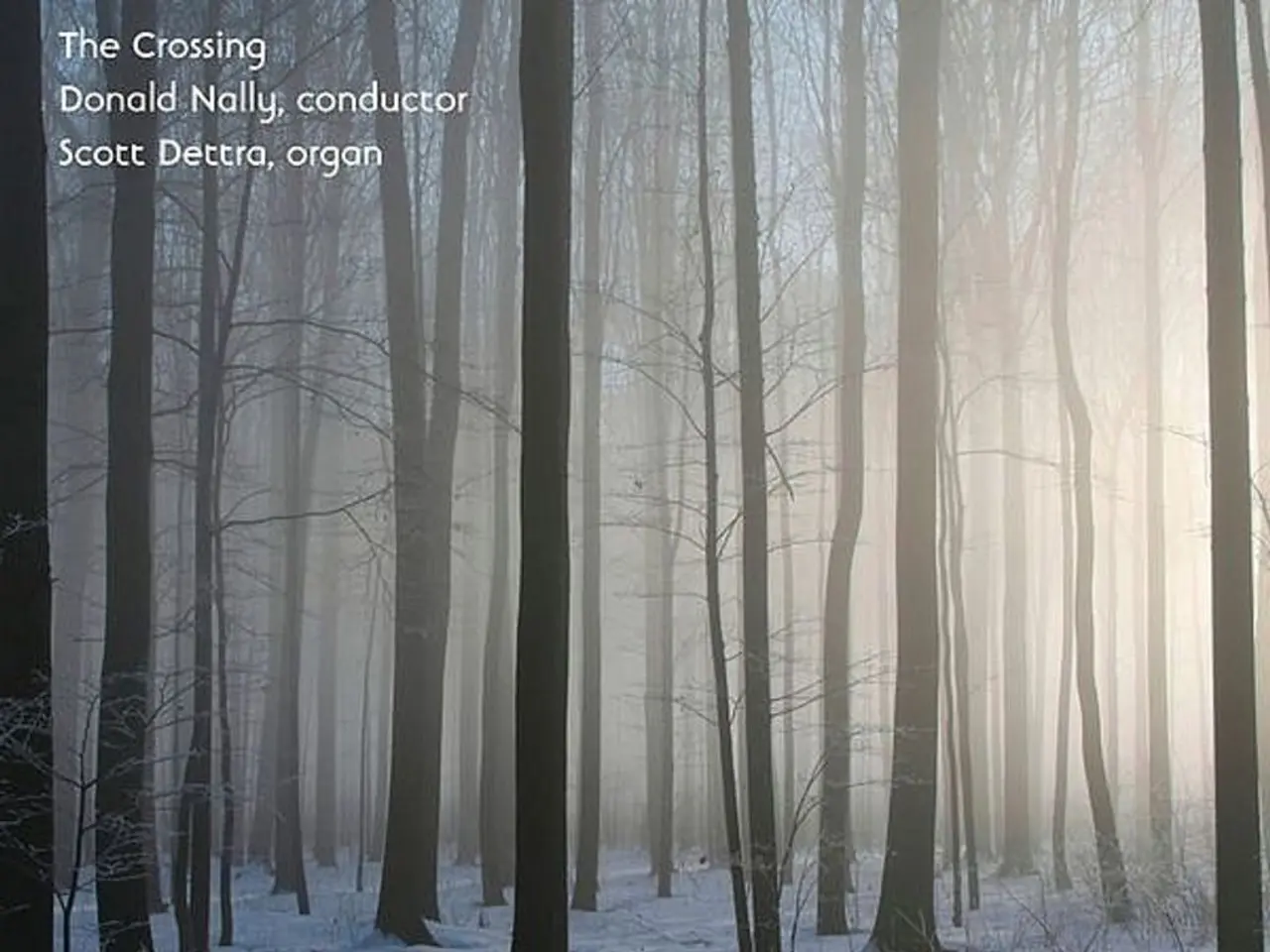Forest Schools Enhance Language Mastery Through Wondrous Methods (7 Approaches)
Forest schools offer a unique and immersive learning environment that benefits a child's language development in numerous ways. By providing natural, organic opportunities for conversation and vocabulary growth, forest schools foster a rich language learning environment that supports diverse learners and promotes communication confidence.
Organic Conversation and Vocabulary Development
Nature offers endless stimuli that prompt children to describe, question, and narrate, enriching their language naturally [1]. Daily nature journaling strengthens written communication skills as children document weather patterns and seasonal changes with descriptive language.
Storytelling and Imagination
Sharing discoveries in the forest school creates moments where storytelling flourishes, helping children practice expressive language and narrative skills [1][5]. The natural settings spark imaginative storytelling that enhances creative writing abilities. Forest exploration inspires poetry writing as children capture the sounds, sights, and feelings of their outdoor experiences.
Contextual Learning for Language Acquisition
For children learning English or other languages, hands-on experiences with natural objects and phenomena provide crucial real-world context that supports better understanding and retention [1]. Seasonal folklore expands temporal vocabulary with phrases like "autumnal equinox" and "winter solstice" while explaining natural cycles.
Emotional and Nonverbal Communication
Forest school also encourages children to communicate their physical and emotional states, fostering body language literacy alongside spoken language [1]. The calming rhythms and lower noise levels in nature help children, including neurodivergent learners, focus on communication without the stress often found in indoor classrooms [1].
Reduced Sensory Overload
The natural setting encourages mindfulness and attentive listening, as children engage deeply with their surroundings, further strengthening listening and expressive language skills [5].
Safety Procedures and Precise Communication
Safety procedures in forest schools teach children precise, urgent communication skills, allowing them to give clear directions and speak authoritatively during emergencies or potentially dangerous situations. Children practice concise reporting skills when describing incidents or hazards to adults, building their ability to communicate essential information quickly and accurately.
Formal Scientific Writing
Forest schools introduce children to formal scientific writing through field documentation, where they record measurements, create hypothesis statements, and document experimental results using precise scientific language.
Cross-Cultural Communication and Environmental Awareness
Children develop cross-cultural communication skills by sharing their own family's nature traditions and learning others' environmental customs. Multicultural storytelling sessions expand children's global vocabulary while building environmental awareness, introducing words like "tundra," "savanna," and "monsoon" through narrative contexts that make geographical terms meaningful. Indigenous stories introduce children to sophisticated environmental terminology through culturally rich narratives, such as "stewardship," "reciprocity," and "interconnectedness."
The communication skills children develop through forest school experiences will serve them throughout their academic journey and beyond. Forest schools offer a transformative approach to language learning, accelerating children's language development through direct engagement with nature, multi-sensory experiences, and real-world challenges.
References
[1] White, P., & Pretty, J. (2014). Nature and mental health: A review of the evidence. Environmental Science & Technology, 48(9), 4622-4632.
[5] Louv, R. (2008). Last child in the woods: Saving our children from nature-deficit disorder. Algonquin Books.
- Daily nature journaling in forest schools enhances written communication skills by providing opportunities for children to document weather patterns and seasonal changes using descriptive language.
- Sharing discoveries in forest schools provides children with moments for storytelling, helping them practice expressive language and narrative skills as well as enhancing creative writing abilities through imaginative storytelling.
- For children learning English or other languages, hands-on experiences with natural objects and phenomena in forest schools offer valuable real-world context that supports better understanding and retention, promoting language acquisition.




